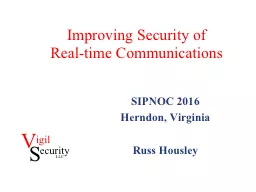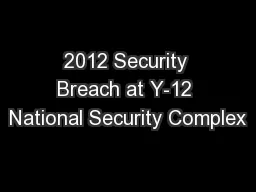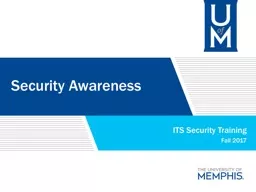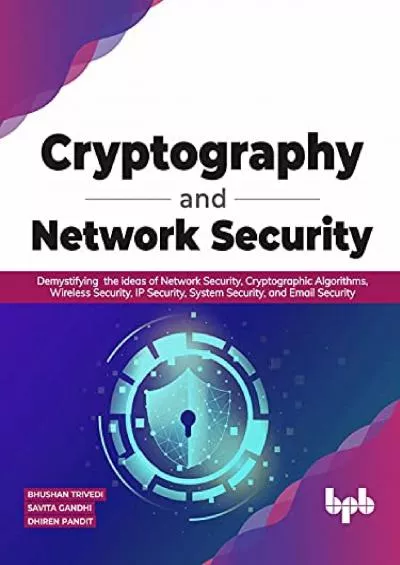PPT-Improving Security of
Author : marina-yarberry | Published Date : 2017-06-20
Realtime Communications SIPNOC 2016 Herndon Virginia Russ Housley My Background Became active in the IRTF and then IETF to work on security for Email and PKI IETF
Presentation Embed Code
Download Presentation
Download Presentation The PPT/PDF document "Improving Security of" is the property of its rightful owner. Permission is granted to download and print the materials on this website for personal, non-commercial use only, and to display it on your personal computer provided you do not modify the materials and that you retain all copyright notices contained in the materials. By downloading content from our website, you accept the terms of this agreement.
Improving Security of: Transcript
Download Rules Of Document
"Improving Security of"The content belongs to its owner. You may download and print it for personal use, without modification, and keep all copyright notices. By downloading, you agree to these terms.
Related Documents














